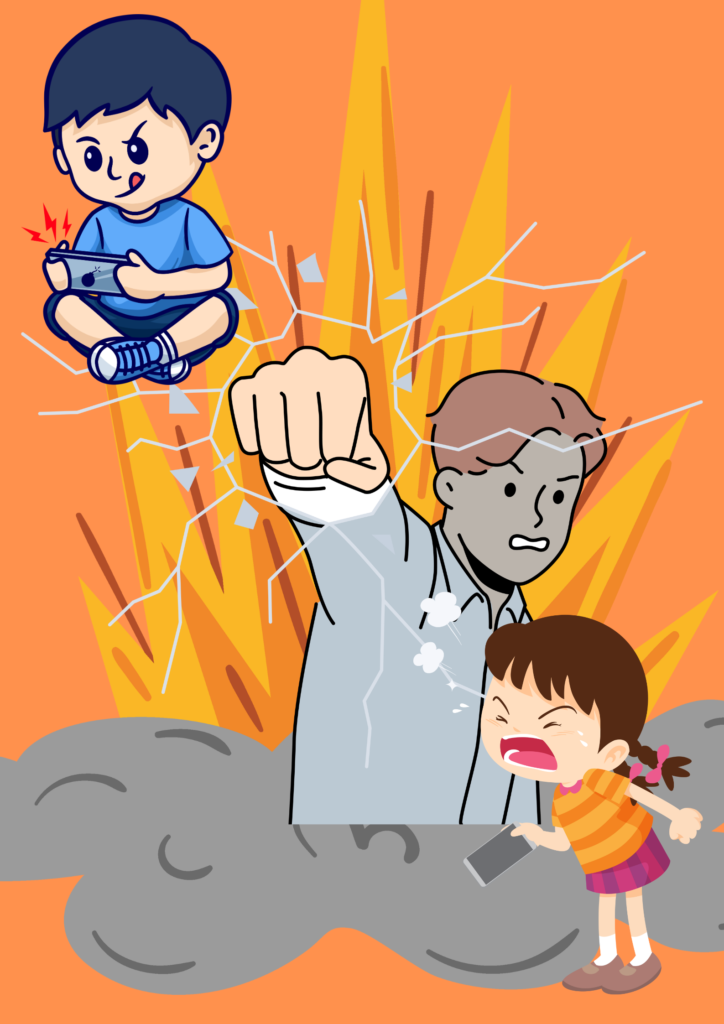Unleashing the Double-Edged Sword: How Technology Shapes a Generation’s Response to Conflict

The digital revolution has undeniably transformed our world, offering a treasure trove of information and fostering connections across the globe. However, this very technology, while enriching lives in countless ways, presents a complex challenge: its potential to contribute to a rise in violent behavior among children. We will delve into the multifaceted ways technology can desensitize children to violence and disrupt their ability to develop healthy social interactions, ultimately creating an environment conducive to aggression.
Desensitized by Design: A Constant Stream of Graphic Content
Children today are immersed in a world saturated with violent imagery from a young age. Video games, a significant part of their entertainment landscape, often depict violence with startling realism, rewarding players for inflicting harm on virtual adversaries. This graphic content spills over onto social media platforms, where unfiltered fight videos and violent pranks go viral, garnering massive attention. This constant exposure normalizes violence, leading children to perceive it as an acceptable solution to conflict.
Further exacerbating the issue is the emotional detachment inherent in the virtual world. Video games frequently portray violence without any real-world consequences. This disconnect between the act and its repercussions can be detrimental. Children may struggle to translate the virtual world’s lack of consequences to real-life situations, potentially resorting to violence without fully grasping the gravity of their actions.
Echo Chambers of Cruelty: The Rise of Cyberbullying and the Erosion of Empathy
The rise of social media has fostered a culture of anonymity and distance. Children can interact with others behind the shield of a screen, emboldening them to engage in hurtful behavior they might not exhibit face-to-face. Cyberbullying flourishes in this environment, with cruel words and taunts delivered with a click, inflicting deep emotional wounds on victims. This lack of empathy, which can develop with online interactions, spills over into real-world relationships.
Children accustomed to communicating solely through text messages or online forums may struggle to understand nonverbal cues and the emotional impact of their words. This lack of empathy can lead to a cycle of aggressive behavior as children misinterpret social situations or fail to recognize the harm they inflict on others.
Building Bridges, Not Walls: Harnessing Technology for Positive Change
Technology, however, is not inherently a villain. It can be a powerful tool for fostering positive social interactions and promoting peaceful conflict resolution strategies. Educational games and apps can be designed to teach children empathy and emotional intelligence, helping them understand the complexities of human emotions. Online forums and communities can connect children with positive role models and foster a sense of belonging, providing a safe space for them to develop healthy social skills.
The key lies in acknowledging the challenges and promoting responsible technology use. Parents and educators play a crucial role in this endeavor. Open communication about online experiences and exposure to violent content is essential. Encouraging children to engage in offline activities, fostering healthy social interactions, and promoting empathy through games and discussions can all contribute to building a generation that values peaceful conflict resolution.
In conclusion, technology presents a double-edged sword when it comes to children’s social development. While it offers opportunities for connection and learning, it also carries the risk of desensitizing children to violence and eroding their ability to form healthy relationships. By acknowledging these challenges and promoting responsible technology use, parents, educators, and society at large can work together to harness technology’s potential for good and ensure children are equipped with the skills to navigate the complexities of the digital age without resorting to violence.










